Beach-Combing Journal: Broken Lovebirds
"Sufficient unto the words is the speaking wherethrough I meet your eyes"
Joey Connolly:1 “WHY TRY AND BE GOOD WHEN THIS WORLD
makes holding open a space in yourself for any caring to happen in so
so painful? For the articles of peace
and rational self-interest? Because it allows access to a form of happiness
inaccessible to the amoral? Because the
mental carapace required to weather the hardness
of indifference insulates you from what it means to be alive?…
Because
your social group is such that articulable goodness
is a potent social capital?, and on a murky
semi-conscious level you believe that being good will somehow generate
endless mutually enriching oral sex?…
Because the backbone
makes a fine xylophone on which to
strum the planetary harmonies of ethics? For secret reasons? As
an example to others? What others? For the beauty
of the solidarity in the socialist songbook? For the
scouring rhetorical powerstance of anarchism? Because
the struggle is beautiful? Because the struggle itself is beautiful?”
Just days until Summer Solstice. The Sun has swung Southward and lingers late long. Last weekend I made a drawing.
It had been a while. I totally burnt myself out on drawing after my daily drawing project— I drew every day for a decade, 2010 - 2020. Because I used ink for my daily drawings (ink is a ruthless mistress / a one-way tightrope)2 using pencil always feels luxurious to me, almost Godlike in the workability of the medium. The act of drawing felt strange, like my hand was rusty, but I was pleased with the result, even though I’d envisioned a lighter touch, with the wood’s surface showing through.3
So on Wednesday evening, New Moon, I went down to the beach to look for more driftwood to draw on. I was kicking myself for all those perfect pieces I’d seen and left behind in my fallow drawing-time. In the carpark I saw my elusive neighbour: she was walking to her car, swinging poi and singing.
I had pinot noir in a jam jar, and I poured a libation into the sea-foam. (Hesiod says that when the Titan Kronos castrated his father Ouranos with a flint sickle and threw the severed genitals into the sea, the blood mixed with the foam and Aphrodite was born.) As I crossed the creek I found this little piece:
I knew I had other variants on this pattern piece. When I got home and turned the jars out, I found I had two closely matched bits.
These birds are from the willow pattern,4 flying far above the lovers and their pursuers. The people are small, distant figures, but the birds are large: foregrounded, or foreskyed. In the context of the pattern the birds seem almost like a Greek chorus, like narrators placed at the proscenium arch. (Or are they indifferent to the earthbound human world, busy with their own courting and nest-planning?)
I notice that the other two shards favour the left-hand lovebird, whereas the new one favours the right; but otherwise all are remarkably similar in their cropping. The righthand bird always speaks to the lefthand bird. This reminded me of Enrique—who speaks to birds in their own language— so I looked back through our emails, searching ‘birds’.
Enrique: “What can be known? Is what cannot be known the same as what we should not know? I asked these questions and a bird struck six wedges in the sky, first to my right, then to my left. If I stopped to look for him he would perch in a tree above me. If I kept walking the bird would follow me, mocking the augurs with his zigzag song…
I am looking at a Persian miniature from the Arabic version of Dioscorides' Materia Medica. It is from the year 1228. In it, two scholars are seated facing each other, one bearded and the other beardless,5 one sitting on what looks like a table and the other on a rug. Both exchange botanical specimens, something that looks like a tulip bulb, and what I would say is a mandrake. I gave myself this ‘mandate’ to listen to those who offer empty hands and to always be available. However, those who offer me the tulip or the mandrake, those who set the means of exchange, form the constellation that orients my days.”
I think this must be the image he means:
I notice that the bearded man wears red socks, like Enrique himself.
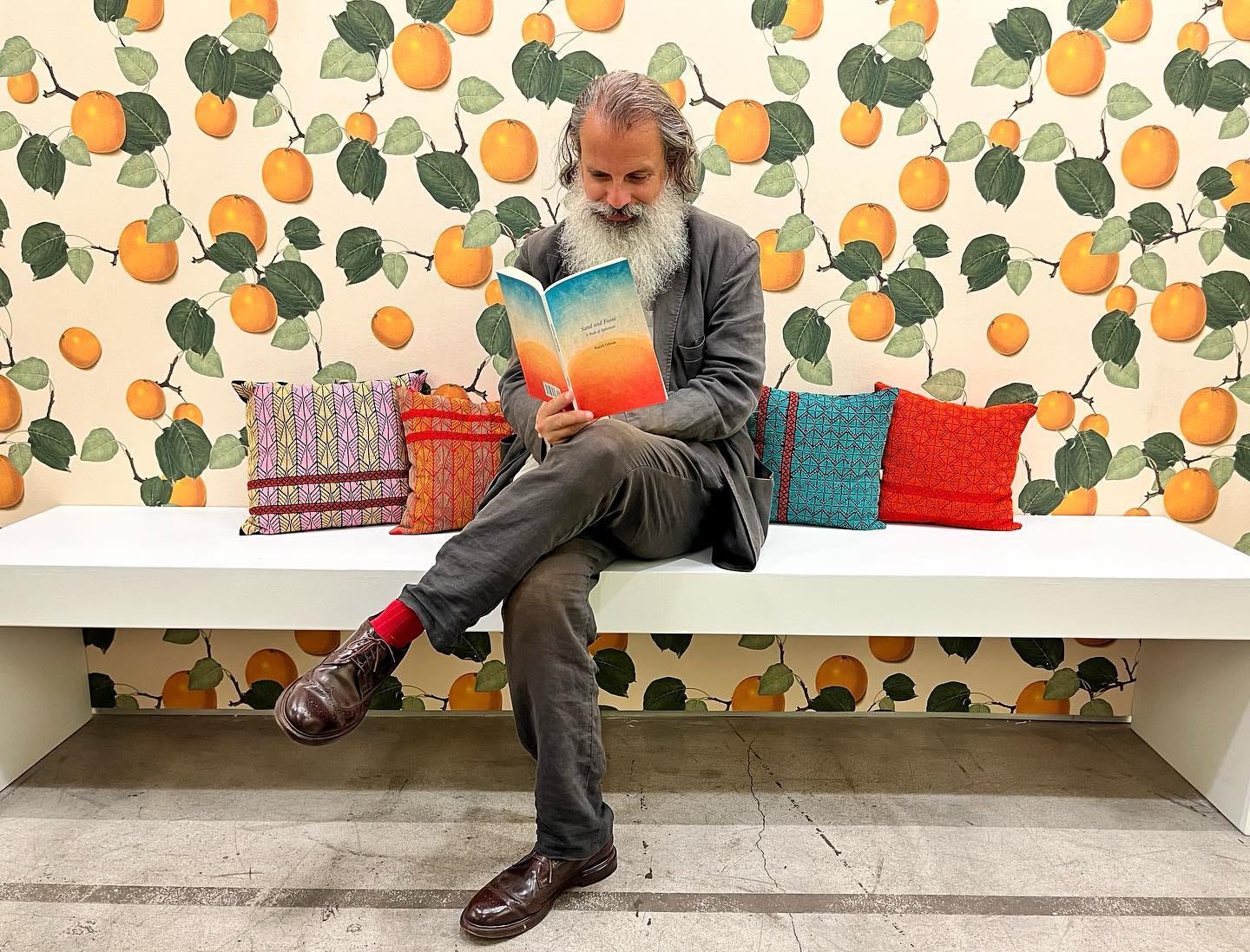
I walked South-Westward, driftwood-hunting. That stretch is all driftwood and shells, not much human detritus, so it’s usually beyond my remit. The steep slope of rocks combined with my stack-heeled freezing-works gumboots and the wine-jar meant I looked drunker than I was. Whatever. As Li Bai says, While we are in the mood of joy, let us drink! I quickly realised the pieces of wood I wanted— small, dense, well-worn, flat— were not just lying around for the taking.
Another driftwood drawing, this one from 2013:

As I walked around the point, the Sun appeared again, smack in my face. The landscape there is Edenic. Velvety grass around boulder-islands, deep rockpools, gold-lit: a Zen / Teletubbies vibe. (I didn’t even think of the time I got broken up with on that spot— I guess the memory has rubbed off.)6
The Sun and the wine went into me, and I started singing Oak and Ash and Thorn, all on a Midsummer’s morn. (The young people always sing it with the first and last verses chopped off, which bugs me. They’ve gotten this bastardised version from some modern band— likely the Longest Johns7. Hearken unto me, youth: if you love a song, study all the different versions you can find, then mash ‘em up into some new colour.)
I knew by now I wasn’t going to find the wood I was looking for, but at least the quest had drawn me beyond my habitual paths. The Sun was dazzling my eyes, dropping towards the mountains. As I approached the point, human silhouettes appeared: sunset-watchers. There were dozens of them, pointing their phones towards the horizon. Luckily the ground drops away under the bank, out of their sightline. I know this as a place where human artefacts emerge again: a more industrial grade of rubbish, underpinning the carpark. I guess it’s ‘fill’. Bricks, rubble, pieces of ceramic— sharp-edged, though, not sea-worn— also big bits of rusted-out old car, machinery, chunks of house. I’ve found things like glass bottles here, dug them out of the clay, which takes ages and hurts my hands. Besides, it’s dirty. It’s the cleanness of sea-things I like: I’m no archaeologist.
I picked this piece up, then put it down again.
L M. I couldn’t make any words out of these two letters in succession: not enough info. A few steps on, though, I found this other piece, and went back for the first:
Nothing complicated, then— just the alphabet. A dish for a child? The shape and size seem more like a dog’s bowl, steep-sided, flat-bottomed. Easy enough to track down on the Internet, it is Lord Nelson Ware from the 1950s:

Days later, days longer, I went down again. I found this ceramic sphere, which I’m classifying as a marble. (If you have a better theory, tell us.)
As I was walking along at the edge of the waves, looking down, I suddenly smelled a human. It wasn’t the cologne-cloud of some young guy, it was very subtle, but I looked up and sure enough there was a person, sitting on a rock some 20 metres away. I am an animal!
Connolly: “From counting fingers
to decimation. An image
is only a slice of the world,
a freight-car with its couplings knocked off,
a treebranch stripped of twigs for a walking pole.”
From his amazing poetry book The Recycling. I mostly don’t love poetry but this one was a banger. I almost went with:
”POEM IN WHICH IS IS SUFFICIENT
Sufficient unto the jenny
is the spin thereof. Sufficient unto the glaze
is the primer thereunder. Sufficient
unto the applecart is the upset
thereof…”
Thanks a lot, stubborn habit of choosing the most challenging medium available. (See also: creative non-fiction.) With ink, I was attracted to the potential Zen-mastery. In reality, straight ink means fucking up a lot. You can see some of my daily drawings on the Platform of the Damned, here: https://www.facebook.com/RosieWhinrayDailyDrawing/photos
Writing is like pencil-drawing in that it allows endless revision and refinement, i.e. a more relaxing way to work. (After the hard thing everything else seems easy. Happiness is relief from suffering.)
I tried to make a pretty metaphor here but couldn’t— suffice it to say, intention is just a trick that lets the actual work be made. The perfect idea is only useful when it gives birth to the imperfect— but tangible— reality.
Willow pattern is ubiquitous, the most common patterned ceramic I find.
Like me and Enrique
The way intense emotional experiences map themselves onto the landscape, usually forever. I’ve thought before about an interactive (digital?) map where people drop pins to mark locations of intense / formative experiences, to see whether they cluster or form patterns.
I just checked this theory: my guess was correct. Also checked the Longest Johns’ Byker Hill— in the vid they are down pit dressed as miners, a questionable choice.





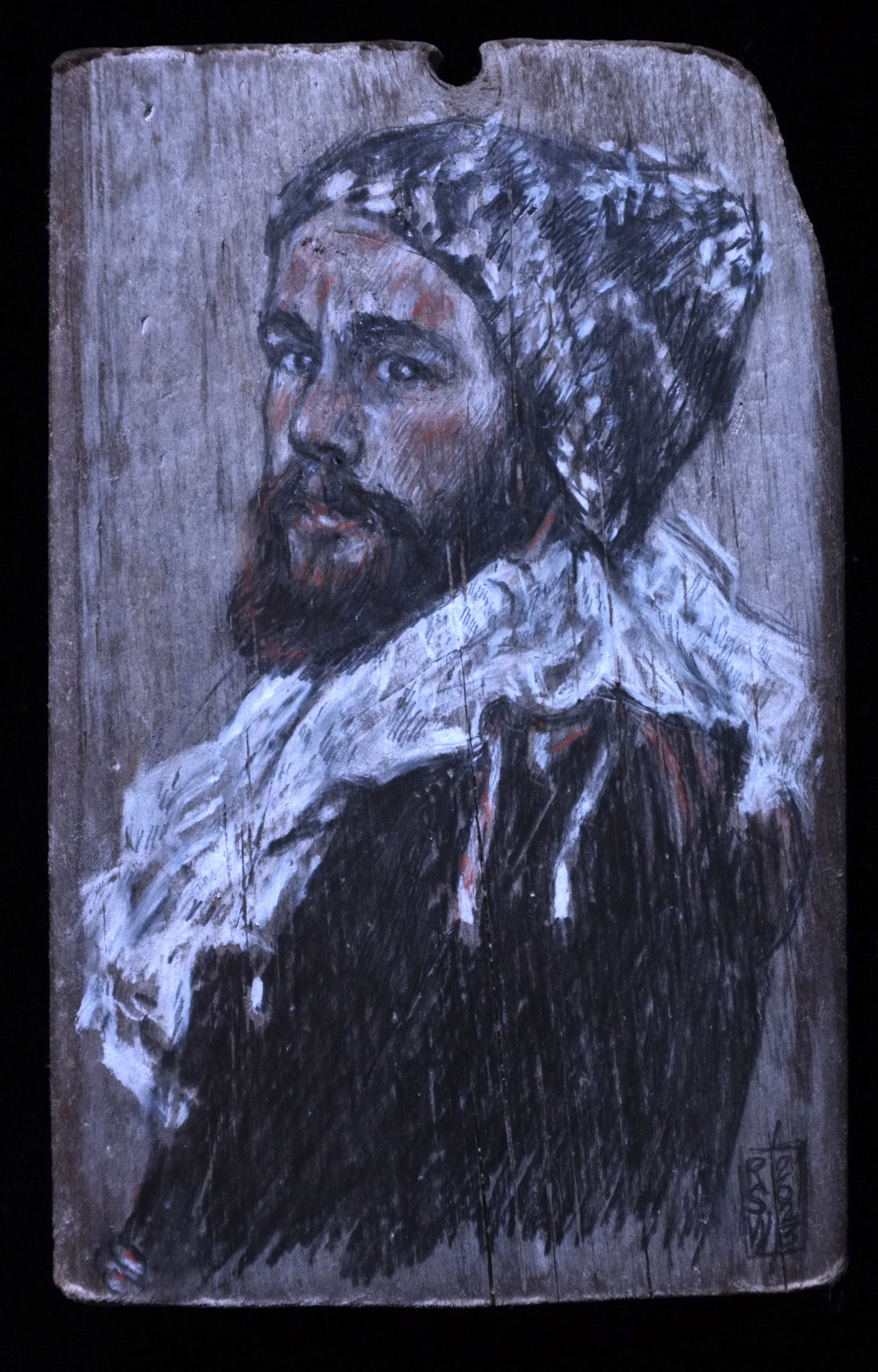

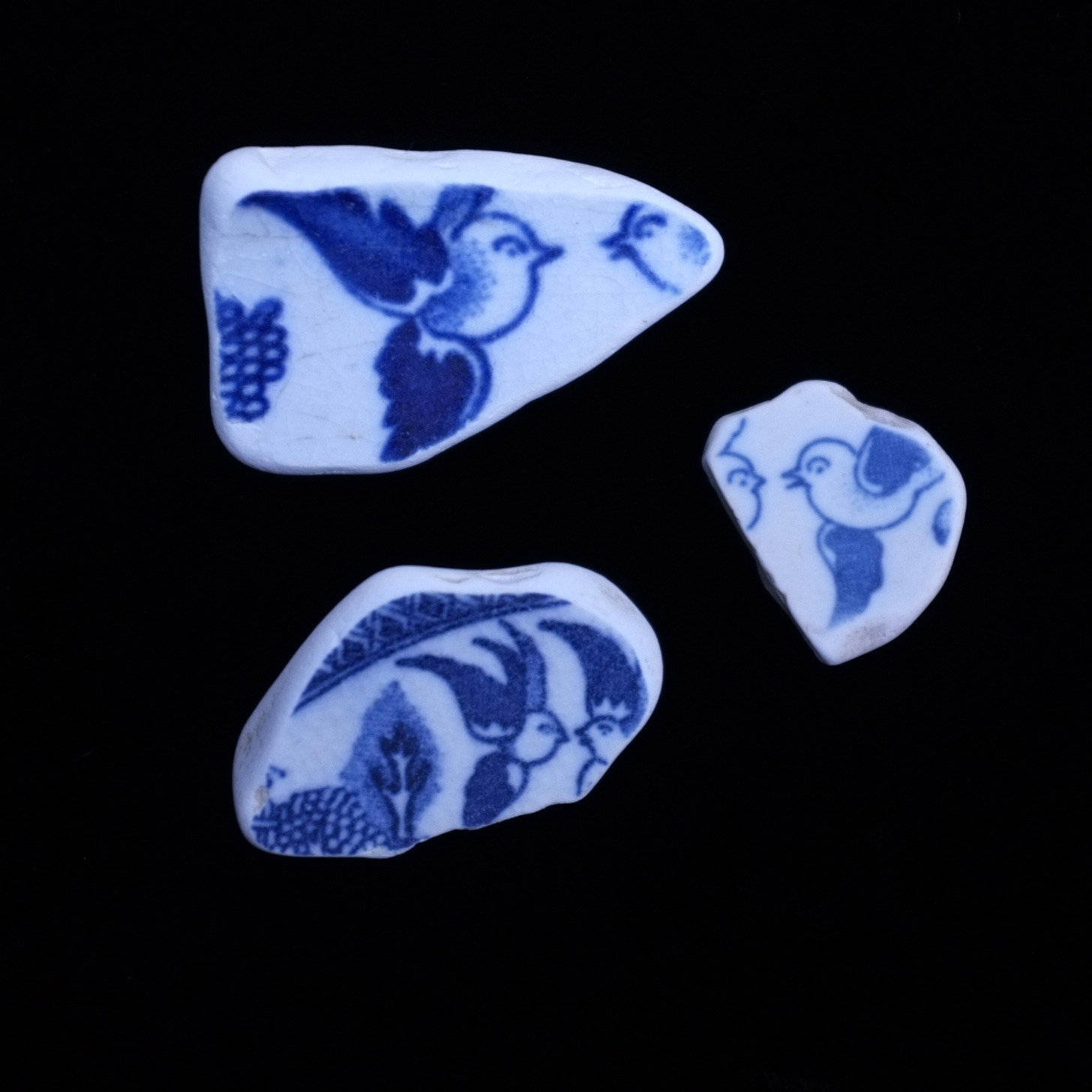

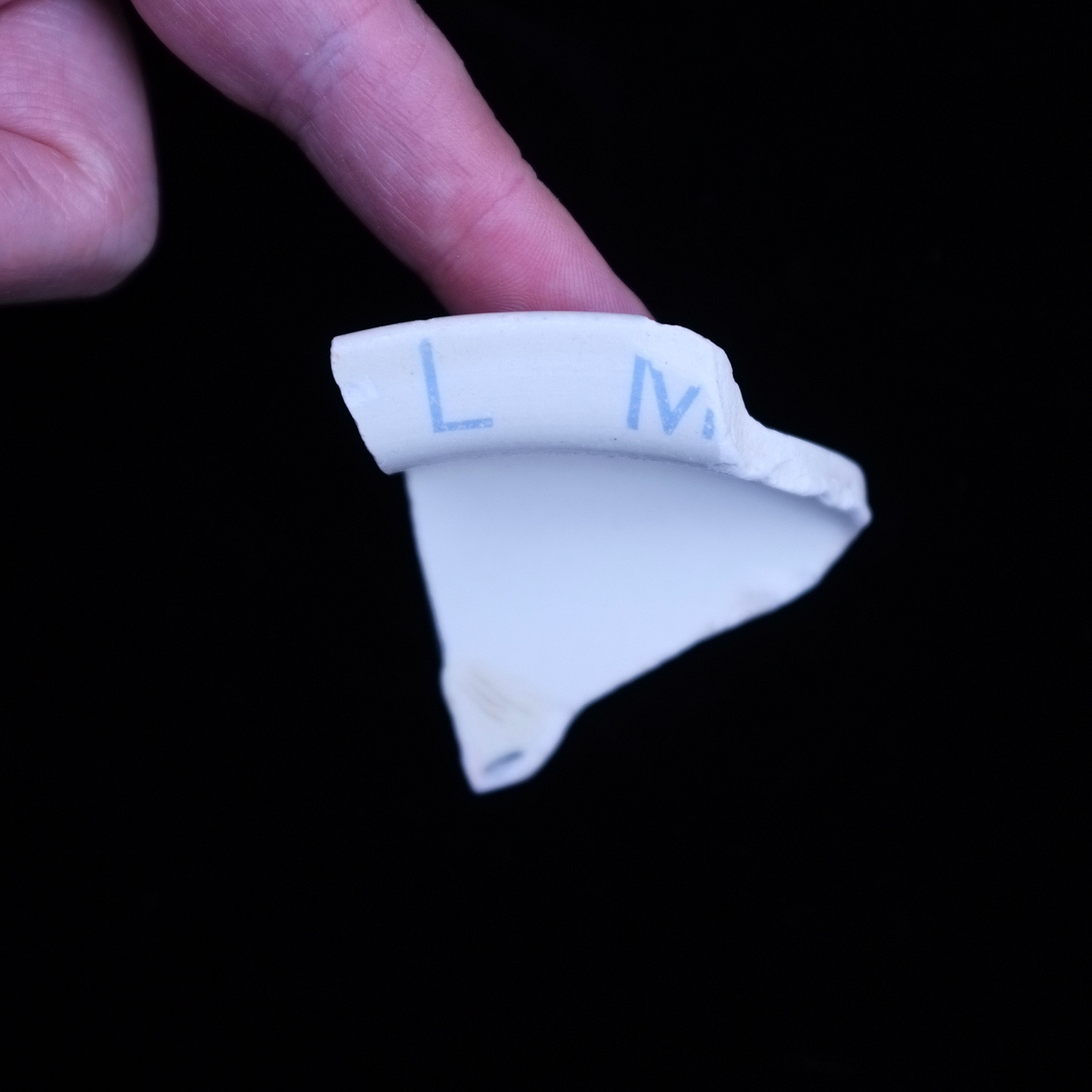
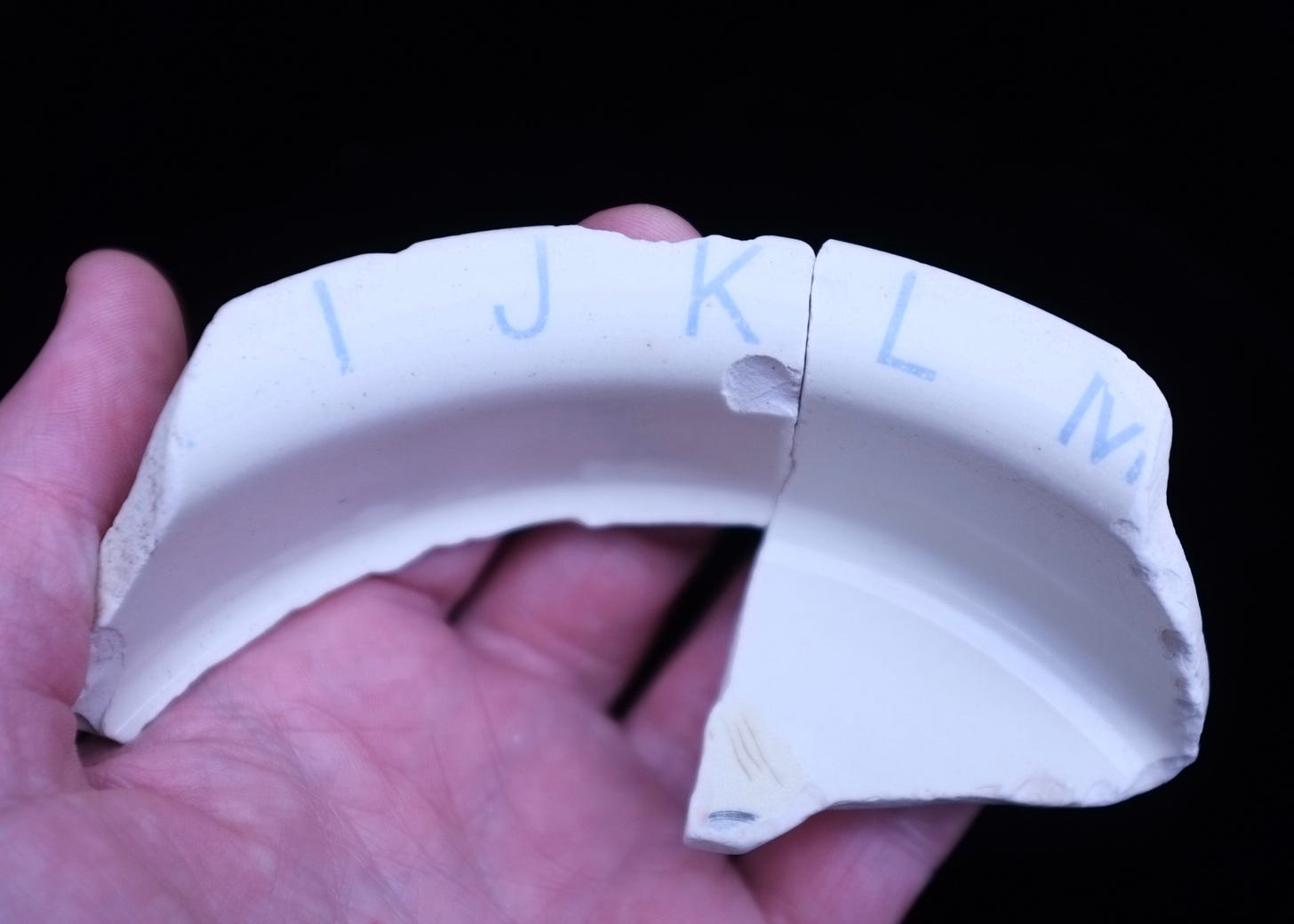
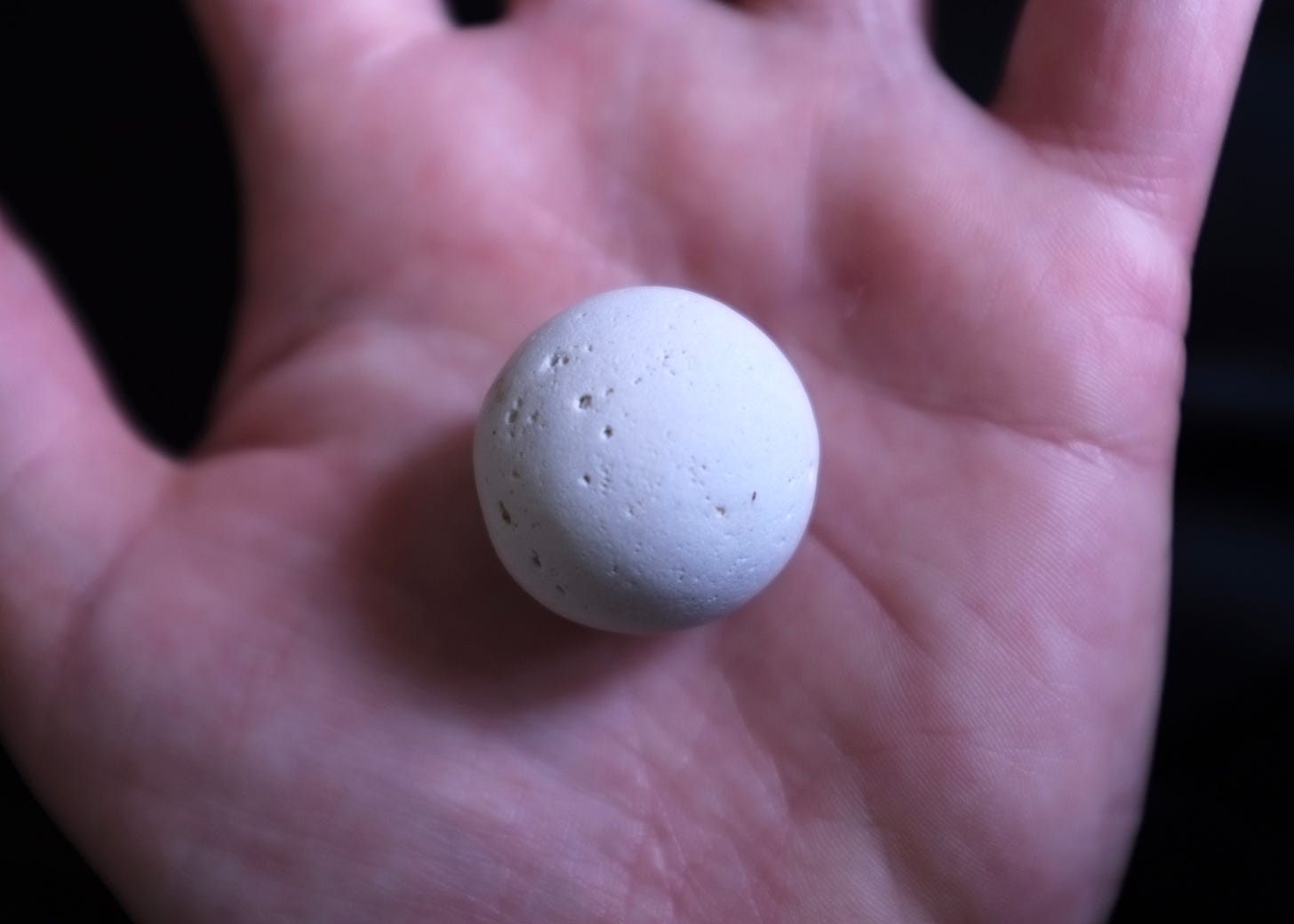
Oh I just love this idea of a citizen project map where you can drop some of your most emotional experiences - I have some spots in my hometown that to this day, some 40+ years on, still make me think of lost baes... One project I was once thinking of (in my younger, more adventurous years) was top outdoor hanky-panky spots. Wonder how they would cluster out!?